Written By: Jamie King
Laser Institute of America’s (LIA) International Laser Safety Conference (ILSC®) was held from March 20-23, 2017 at the Sheraton Atlanta Airport in Atlanta, Georgia.
With over 200 laser safety professionals from around the world attending, medical and industrial workers from novice to expert discussed everything from laser generated air pollution to non ionizing radiation. Held concurrently with a full week of meetings by laser standards committees and punctuated by a host of networking events, ILSC 2017 deftly balanced technical and practical information through over 80 presentations and plenaries.
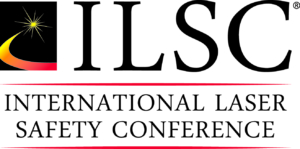
Pre-Conference Highlights
The day before the official kickoff of the conference, the Accredited Standards Committee (ASC) Z136 assembled to receive updates from the subcommittee chairs and to discuss the future move to vertical/horizontal standards. Robert Thomas, the ASC Z136 chair, thanked the attendees for their diligent and focused work as a committee. The ILSC Welcome Reception was held on the evening before the conference started in the Sheraton Atlanta Solarium. Designed as a destination to meet with friends and acquaintances, safety professionals from around the globe reconnected.
Opening Plenary Focuses on Outside Interests
The Opening Plenary began in the International Ballroom where Conference Chair John O’Hagan of the Public Health England welcomed two invited speakers. Laser Safety Scientific Session (LSSS) Chair Karl Schulmeister of Seibersdorf Laboratories, Medical Practical Applications Seminar (MPAS) co-chairs Kay Ball of Otterbein University, Vangie Dennis of Emory Healthcare, Patti Owens of AestheticMed Consulting International, Leslie Pollard of Southwest Innovative Solutions, Inc., Technical Practical Applications Seminar (TPAS) co-chairs Jamie King of Lawrence Livermore National Laboratory, and Eddie Ciprazo of University of California, Berkeley were also acknowledged for their efforts.
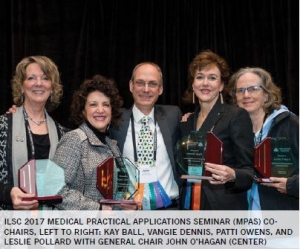
The first presenter, Professor Jacques Abramowicz, discussed the need for an international standard on non-ionizing safety. He stated, “There is no framework and there are gaps in a lack of consistency. There are recommendations, but no standard.” Professor Abramowicz also discussed infrasound, a phenomenon for which there is limited information. He said, “People who think that they may have seen a ghost, may actually be experiencing results of infrasound effects.” In further emphasizing the need for medical standards, he proclaimed that, “Ultrasounds of babies can be performed by non-qualified or certified people and no regulation on ultrasound to do body sculpting and liposuction exists.” Jeffrey Luttrull, M.D. finished up the plenary session with a talk about how lasers are the future of blindness prevention. He stated that, “Up until April 2000 they damaged the retina to treat it. Photocoagulation is found to not be a treatment. Once you take retinal damage away, it is like pushing the reset button.”
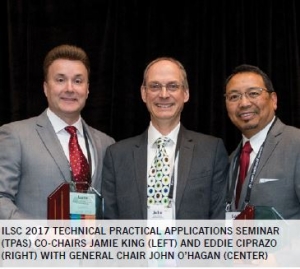
From Bioeffects Research to Consumer Products
The Laser Safety Scientific Session (LSSS), chaired by Karl Schulmeister of Seiberdorf Laboratories, provided an assortment of presentations from all fields of laser safety, from safety management programs and the design of products, to bioeffects research to probabilistic risk assessment. As the week progressed, LSSS moved away from the biological arena and into consumer products. Issues covered ranged from Laser Illuminated Light Sources to LEDs. Most of the attention, however, was directed at Class 3R and laser pointers. One talk hinted at the FDA’s proposed change to regulations. Laser pointers less than 610nm would be deemed “defective”. This would inevitably eliminate the use of the green laser pointer from consumer use.
New and Innovative Medical Laser Practices
The Medical Practical Applications Seminar (MPAS) ran from March 20-21. The two-day seminar is designed for medical laser safety professionals who work in operating rooms, surgical centers, aesthetic clinics and medical spas. This year’s focus was biological topics. Co-Chair Vangie Dennis welcomed attendees and discussed the latest insights in plume hazards. Fellow Co-Chair Kay Ball explored hazards, odors, and particulate matter present in plume and named the standards from AORN, ALSMS, OSHA, & LIA and recommendations to reduce plume in the operating room.
Attendees were reminded about the need to evaluate facility policies and standard operational procedures and guidelines and adapt to the new upcoming changes ahead. She went on to say, “Situational awareness is now a risk assessment. Smoke is a hazard when it becomes a plume.” Moving from plumes, Julie Smith and Lois McIntosh showed the before and after pictures of burn victims with the use of laser treatments to even out skin tones and diminish the grafting skin elevation. Edwin Barry covered the use of high intensity laser therapy as an alternative to opioid prescription drugs and gave viable examples of laser treatment for humans and dogs for back pain and accidents. During LSSS, Jack Lund explained how in 1973 there were wavelength dependent MPEs based on a limited number of lasers available. Adam Boretsky described how high intensity lasers are expanding rapidly and how the Air Force Research Lab (AFRL) could procure a new femtosecond laser. They are performing testing on synthetic tissues with the ability to vary pigments. He went on to explain that, “Ultrafast lasers pose risk to the skin and cornea and their work is helping to develop future standards.” Plans include the investigation of nonlinear interactions with tissue and to characterize tissue breakdown.
From Basic Optics to Cutting Edge Technologies
The Technical Practical Applications Seminar (TPAS) was themed, “Back to the Basics.” Eddie Ciprazo led the session with, “So You are the LSO, Now What?” which discussed mastering the challenges that LSOs face today. Following his presentation were talks on splitting up the standard operating procedure into more manageable documents, setting up a laser lab, and automating laser safety programs. Josh Hadler presented his studies of ultrafast pulse laser safety eyewear concluding, “With all of the variables involved, you just may have to test the laser eyewear with your laser to ensure it provides the protection needed.” After this, there were talks on outdoor and high-powered laser operations.The Food and Drug Administration (FDA) discussed what laser professionals need to know and where to find it on their website, followed by a panel session open forum.
Sponsor Reception Highlights
During the Sponsor Reception, laser safety professionals seized the opportunity to explore what new products are available and to allow relationships to be forged between customer and vendor. Platinum sponsors Rockwell Laser Industries and Honeywell were joined by other industry-leading sponsors including ASC Z136, BEAMSTOP’R Laser Barriers, Inc., Buffalo Filter, Engility, Innovative Optics, Inc., Kentek Corporation, Laser Safety Systems, Laservision USA, Lighting Systems Design, Inc., NoIR LaserShields, Ophir-Spiricon LLC, and RT Technologies.
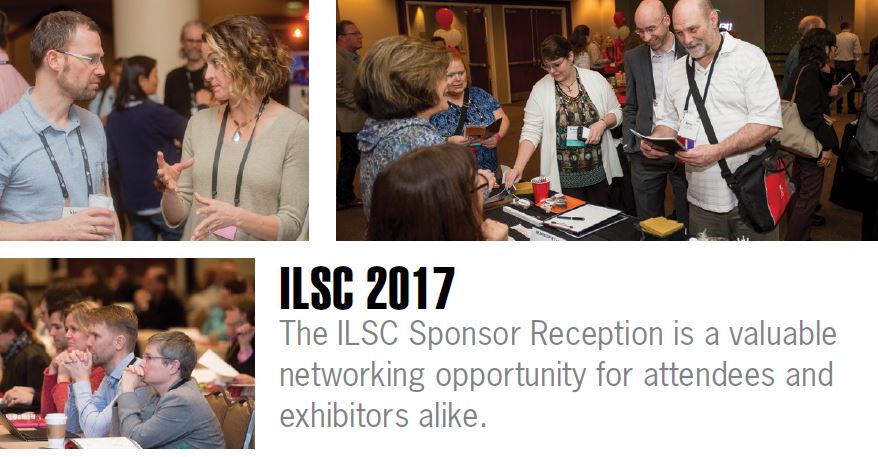
Awards Luncheon & Certification Appreciation Banquet
The ILSC 2017 Awards Luncheon & Certification Banquet recognized top professionals and organizations in laser safety. Bob Thomas of the U.S. Air Force Research Lab (AFRLB) presented the R. James Rockwell Educational Achievement Award to John O’Hagan and the George M. Wilkening Award to Wesley J. Marshall.
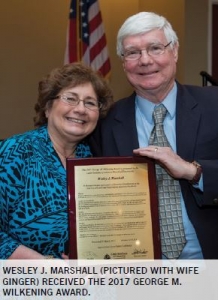
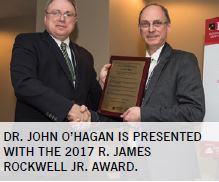
The Board of Laser Safety (BLS) Illumination Award was created to recognize an institution, company or organization that directly employs a certified laser safety officer and provides encouragement and support for employee participation within the laser safety community and/or has made outstanding contributions to the field of laser safety. Mount Sinai Health System was recognized this year with employee Jacob Kamen accepting the accolade. “The Mount Sinai Health System is very proud to be a recipient of the BLS Illumination Award. This award validates Mount Sinai has been a significant supporter of laser safety education,” Kamen said.
ILSC will return to Orlando March 18–21, 2019 at the Embassy Suites® Lake Buena Vista South. Check the ILSC website at lia.org/ILSC for updates. If you are interested in joining the ILSC program committee, email ILSC@lia.org. Visit our website www.lia.org/conferences to stay informed on other LIA conferences coming up in 2017.





